Hi! This blog is no longer updated, but on this page you can find an archive of my blog posts, 2016-2022. Click here to view the blog index (a list of all posts).
For the latest news about Step Up Japanese, sign up to my newsletter.
Search this blog:
Say Good Morning to the Room - The Importance of Aisatsu (Greetings) in Japan
By the entrance to the conference room, there was a flip chart with a message: “Please sign in here, and then go through the door and say good morning to the room”.
“OHAYO GOZAIMAAASU!” I yelled. (GOOD MORNING!)
We had practiced this yesterday. “In Japanese workplaces,” they told us, “you must greet the room enthusiastically when entering.”
As I took my seat, I noticed that some trainees had been given a piece of card by staff as they entered.
By the entrance to the conference room, there was a flip chart with a message: “Please sign in here, and then go through the door and say good morning to the room”.
“OHAYO GOZAIMAAASU!” I yelled. (GOOD MORNING!)
We had practiced this yesterday. “In Japanese workplaces,” they told us, “you must greet the room enthusiastically when entering.”
As I took my seat, I noticed that some trainees had been given a piece of card by staff as they entered.
A member of staff took to the podium. “Well done everybody on your amazing greetings this morning. You sounded so energetic and loud!
“Those of you who’ve been given a card, your greetings were not quite as genki (energetic) as they could have been. Have a think about that.”
I was at a week’s training for my new job as Assistant Language Teacher (ALT) in Nagoya.
I wasn’t sure about the method of handing out cards to let some people know their greetings weren’t up to regulation enthusiasm standards. But I got the message - greetings are important.
Fast-forward three months, and I was teaching in Junior High school. Every morning, I’d take my shoes off in the entryway to the school and change into my indoor slippers. I’d slide open the door to the staffroom, and greet the room: “OHAYO GOZAIMAAASU!”
“Ohayo gozaimasu!” other teachers would say back, at varying volumes and with varying degrees of enthusiasm. Good morning!
A few minutes later, the vice principal passed by my desk:
フラン先生は、挨拶がいつも元気ですね。
Fran-sensei wa, aisatsu ga itsumo genki desu ne.
(“Your morning greetings are always so cheerful!”)
そうですか。ありがとうございます。
Sou desu ka. Arigatou gozaimasu.
(“Is that so? Thank you.”)
I smiled all day.
Walking the Shikoku 88 Pilgrimage (Part 7) - Five Types of Rest Stop You'll Find Hiking In Shikoku
"Kyūkei shimashou" (休憩しましょう) is one of the first phrases I teach all my students, and it means "let's take a break".
Rest is every bit as important as activity - perhaps more important. In class, it helps you digest and absorb ideas.
And on a long-distance walk, rest stops (called kyūkeijo 休憩所 in Japanese) can be a good place to strike up a conversation …

"
Ky
ū
kei shimashou
" (休憩しましょう) is one of the first phrases I teach all my students, and it means "let's take a break".
Rest is every bit as important as activity - perhaps more important. In class, it helps you digest and absorb ideas.
And on a long-distance walk, rest stops (called
kyūkeijo
休憩所 in Japanese) can be a good place to
.
Luckily for me, the bit of the Shikoku 88 pilgrimage trail I walked this spring had interesting and varied rest stops throughout. So what kind of places are used as
kyūkeijo
?
1) Temple outbuildings
On the first day I walked with another pilgrim, who I'd met at temple number 1. We stopped around midday, at a
ky
ū
keijo
in a temple outhouse building.
The women inside offered us tea and sweets, and in exchange we handed them
osamefuda
(納め札),
slips of paper with your name and a message, on which pilgrims carry instead of money
.
(...traditionally, I mean. Most modern pilgrims carry money too now.)

I was grateful to receive the tea and sweets, but even more grateful to have the opportunity to chat with these friendly women, who said they had lived in Shikoku all their lives.
They told me their ages (in their 70s and 80s), and that some of them had walked the 750-mile pilgrimage three or four times in their lifetimes.
2) Private houses
Some rest stops are out the front of a private home. The owners prepare tea or hot water each morning, and leave it out for visiting walkers:

I sat at this one alone and ate my packed lunch. It was a baking hot day, so I was glad to be out of the sunshine.
Both these
ky
ū
keijo
had signs explaining that the snacks and drinks are offered for free as
o-settai
(お接待), small gifts given to walking pilgrims to help them on their way.
3) Vending-machine seating
Usually, at the temple itself there will be a vending machine or two, with seating next to it.
It can be seen as impolite to eat or drink while walking in Japan, so vending machines often have seats next to them.
You can enjoy your snack first, and then walk around afterwards. Remember, rest is important!

I sat at this one and had a can of iced coffee:

I also spotted this set of hardwood chairs in one temple rest area, which look like they're set up to accommodate a whole coach trip:

4) Outdoor rest stops
In the mountains, a clearing with a place to sit down can be a really nice surprise. This one below had obviously taken some work to create, being in the middle of the forest. And it was labeled (in English!) as a "lounge", which I thought was just great.
It clearly is a lounge. It just happen to be outside!


5) Wooden huts
There are also small rest houses maintained by community groups. These are good for getting out of the sun (or the rain!)
This one had a formidable list of rules about not leaving rubbish behind, and stating that it was only for the use of walking pilgrims. It was on a main road in a town, so I guess they'd had problems before.
Anyway, it seems the rules are being followed these days, as the house was spotless:

I had some tea and a delicious fresh orange, read the extensive rules, and wrote in the guestbook.

Towards the end of my walk, I spotted another outdoor rest stop. This one was also purpose-built, with concrete table and seating, and a great view.
What I liked was that people had added extra seating - the sofa and chair, presumably from someone's home:

But the best type of rest stop is when you get to your lodging for the night, and can put your feet up.
それでは、休憩しましょう!
Sore dewa, kyūkei shimashou!
So,
let's take a break!

Related posts:
Walking the Shikoku 88 Pilgrimage (Part 1) - Plan, plan, plan!
Walking the Shikoku 88 Pilgrimage (Part 2) - The Best First Day in Japan
Walking the Shikoku 88 Pilgrimage (Part 3) - What To Wear
Walking the Shikoku 88 Pilgrimage (Part 4) - How to Talk to Strangers in Japanese
Walking the Shikoku 88 Pilgrimage (Part 5) - Signs of Shikoku
Walking the Shikoku 88 Pilgrimage (Part 6) - Shouting at the French
Walking the Shikoku 88 Pilgrimage (Part 6) - Shouting at the French
"Sumimaseeeeeeeeeeeeeeen!"
I shouted.
("Excuse me!")
The couple turned round, but they didn't move. They were both dressed in full pilgrim garb: long white clothes, their heads protected by conical hats.
"Otoshimono desu!"
("You dropped this!")
They stared at me blankly …

"Sumimaseeeeeeeeeeeeeeen!"
I shouted.
("Excuse me!")
The couple turned round, but they didn't move.
They were both dressed in full pilgrim garb: long white clothes, their heads protected by conical hats.
"Otoshimono desu!"
("You dropped this!")
They stared at me blankly. I waved the little grey bag with its digital camera inside. "
KAMERA
!"
I still couldn't make out their faces, but I thought I saw a glimmer of recognition. One of the pair walked towards me, and it was only then that I saw her face.
"I thought you were Japanese," she said, and I heard a European accent I couldn't place.
"I thought
you
were Japanese," I said.
"We're French," she offered.
"Ah." I paused. "Um, bonjour?"
We walked together a little bit, and then I left them at a rest stop.
I bumped into them again later in the week, at breakfast in the inn we were staying at. The women was showing the owner a piece of paper, and he was squinting at it.
They seemed to be having some difficulty, so I offered to help.
I squinted at the piece of paper too, and was suddenly transported back to year 6, learning about French cursive in class.
There was the name of a youth hostel in the next town over, and a short message underneath. It was all in romaji (Japanese written in the roman alphabet), but in looping, cursive letters:
futari desu. kyou, yoyaku onegai shimasu.
"For two people. A reservation for tonight, please."
I read it aloud to the owner, who promptly got on the phone and made a reservation for them.
"Your note was fine," I told them. "I think he just didn't have his glasses."
Or perhaps he couldn't read their cursive? I didn't say that though.
I wondered later how the rest of their trip went. They seemed to be having a great time.
There's no right or wrong way to walk the Shikoku pilgrimage. And it's possible to travel in Japan without any Japanese language at all. But if you can learn even a bit of the language, you'll have a richer experience, I think.
And you'll understand when someone's trying to tell you you've dropped your camera.

Related posts:
Walking the Shikoku 88 Pilgrimage (Part 1) - Plan, plan, plan!
Walking the Shikoku 88 Pilgrimage (Part 2) - The Best First Day in Japan
Walking the Shikoku 88 Pilgrimage (Part 3) - What To Wear
Walking the Shikoku 88 Pilgrimage (Part 4) - How to Talk to Strangers in Japanese
Walking the Shikoku 88 Pilgrimage (Part 5) - Signs of Shikoku
On walking, and creativity
There are two reasons I like to walk.
The first is that if something is bothering me, I usually find it impossible to be annoyed about it once I have been walking for about half an hour.
You might think that's just because the irritating person or thing is now half an hour away from me.
And that's true. But I think it's something deeper than that, too.
There's something about …

There are two reasons I like to walk.
The first is that if something is bothering me, I usually find it impossible to be annoyed about it once I have been walking for about half an hour.
You might think that's just because the irritating person or thing is now half an hour away from me.
And that's true. But I think it's something deeper than that, too.
There's something about movement, and being outside, that forces my brain to think about things differently.
Maybe
I
was in the wrong?
Or maybe they
are
being unreasonable, but there's nothing I can do about that, and that's ok?
Everything seems better after a half hour walk.

The second reason I like to walk is that's when inspiration seems to strike.
Or to put it another way, I find it almost impossible to be creative while sitting at my desk.
The idea of a
course had been rumbling around in my head for a while, but it formed itself into something concrete when I was in Shikoku in April.
I was surrounded by all these
, and reading constantly. It made me think back to the first time I visited Japan, in 2008. I couldn't read
anything
then, and it was so frustrating.
By the end of the day, I had a clear idea in my head of what I wanted the Survival Japanese course to look like - a practical class, all about getting around.
And an explicit invitation to students to be pro-active and selective about what they need to learn, and what they don't.
I wasn't trying to plan a course on my walk. I was on holiday! I was supposed to be resting my brain, and definitely not working...
But don't you ever find that ideas pop up when you're relaxed, physically away from your work space, and thinking about something else?
This can be annoying. My office isn't at the beach, and I can't take my computer with me on a walk. (You could get out your smartphone, I suppose, and start making notes. But that's not really in the spirit of the thing.)
The writing-things-down part has to happen at my desk. But the thinking part - that usually happens on a walk.
I suspect I'm not the only one. Am I?
Walking the Shikoku 88 Pilgrimage (Part 5) - Signs of Shikoku
"Gambatte kudasai" is sort of untranslatable but also extremely translatable. (The best kind of Japanese phrase!)
Gambatte kudasai means "do your best!" or "go for it!"
When I started learning Japanese at university in 2008, my classmates and I thought the phrase gambatte kudasai was quite funny for some reason ...

"Gambatte kudasai"
is sort of untranslatable but also extremely translatable. (The best kind of Japanese phrase!)
Gambatte kudasai
means
"do your best!"
or
"go for it!"
When I started learning Japanese at university in 2008, my classmates and I thought the phrase
gambatte kudasai
was quite funny for some reason. So when we had to write a short dialogue about a holiday and commit it to memory as part of a speaking test, my partner and I shoehorned in a bunch of "
gambatte kudasai"s.
My partner showed our work to his (Japanese) mum, who sent it back covered in red corrections and with all our "
gambatte kudasai
"s crossed out. Apparently they didn't work in context.
The problem is, I knew that
gambatte kudasai
means "try your best", but I didn't know it sounds weird if you're talking about buying a plane ticket...
I heard lots of "
gambatte kudasai"
walking the first leg of the Shikoku 88 pilgrimage this spring. It was written everywhere too - in fact there were lots of interesting signs.
The pilgrimage trail is pretty well marked. Signage is consistently spaced, and in many places there's a way-marker every 100 metres.
But it's also endearingly inconsistent in design - on some stretches every sign is different, and many are handmade.
There are these little
aruki-henro
(歩き遍路
;
walking pilgrims) to mark the way:

Red is the dominant colour - sometimes just a red arrow, like this stone below. Actually, there's kanji (Chinese characters) carved into the stone too, but it's difficult to see:

Some signs are in English as well as Japanese, although this was less common:

Some show you which way to turn at an upcoming junction. This took a bit of getting used to, but was very useful. Even in rural areas, I didn't get lost once.

Sometimes, the signs just said 道しるべ (
michi-shirube;
guidepost).
Note that many of these handwritten signs are in vertical text, and from right to left:

This next sign packs a lot of meaning into a few kanji characters:
空海
kūkai
(aka Kōbō Daishi, the Buddhist monk in whose footsteps pilgrims walk)
遍路道
henro michi
(pilgrimage trail)
同行二人
dougyou ni-nin
("two people going together" - the idea that the walking pilgrim is never alone, as Kōbō Daishi is walking with you)

The tough parts of the trail are called
henro korogashi
(遍路ころがし; "the place where the pilgrim falls down").
This bit of
henro korogashi
had even more signposts throughout, so you know how far you have left to go. There's a 1/6 sign to let you know when you are one-sixth of the way through; then 2/6 for two-sixths, and so on.
This picture was taken just before the last stretch, when I was a bit tired:

And of course there are plenty of little signs saying がんばって下さい
gambatte kudasai
(
"keep going!"
.
This made me smile, and was genuinely quite encouraging.

We all need a bit of encouragement sometimes!
Related posts:
Walking the Shikoku 88 Pilgrimage (Part 1) - Plan, plan, plan!
Walking the Shikoku 88 Pilgrimage (Part 2) - The Best First Day in Japan
Walking the Shikoku 88 Pilgrimage (Part 3) - What To Wear
Walking the Shikoku 88 Pilgrimage (Part 4) - How to Talk to Strangers in Japanese
P.S.
If you can't read Japanese, but you want to recognise common signs and notices before your holiday to Japan, you should check out my new
Survival Japanese for Beginners
-
, it starts Thursday 26th July in central Brighton.
Or if you do read Japanese but want to get better, join us for
- a summer course in learning Japanese by reading lots of easy books.
Walking the Shikoku 88 Pilgrimage (Part 4) - How to Talk to Strangers in Japanese
A stranger, they say, is just a friend you haven't met yet.
And talking to strangers is a great way to speak lots of Japanese. I did lots of this while walking the first section of the Shikoku pilgrimage this spring.
But how do you start a conversation with a stranger? Here are some ideas to get you going, even if you're a beginner at Japanese.
1) the weather
Brits love to talk about the weather. Luckily, so do people in Japan. It's almost like a greeting.
Chuck one of these out and start the conversation:
暑いですね atsui desu ne! "Hot, isn't it?"
寒いですね samui desu ne! "Cold, isn't it?"
Very possibly, you'll get a そうですね sou desu ne; "Isn't it just", in response, and you can start the conversation from there.

2) things you can see
You reach the top of a hill and sit on a bench. The person on the adjacent seat turns to greet you.
You can start a conversation easily by simply pointing and commenting on what you can see:
すごいですね Sugoi desu ne. "Amazing, isn't it?"
綺麗ですね Kirei desu ne. "Isn't it lovely?"
美しいですね。Utsukushii desu ne. Beautiful, isn't it?

3) ask simple questions
What about if you don't know what you're looking at? Just ask.すみませんが、それはなんですか。 Sumimasen ga, sore wa nan desu ka.
"Excuse me, but what's that?"
これは日本語でなんと言いますか。 Kore wa nihongo de nan to iimasu ka. "What do you call this in Japanese?"

4) start in Japanese
If your Japanese is limited, and you speak English, it might be tempting to walk into a hotel or restaurant and start the conversation in English - or to ask if the person speaks Japanese.Even if you're a beginner, try and start the conversation in Japanese, with a greeting:
こんにちは! konnichiwa! "hello"
こんばんは! kombanwa! "good evening"
おはようございます! ohayou gozaimasu! "good morning"
Remember, if you start the conversation in English (or another language), the chances of getting some Japanese practice are virtually zero. Try and at least start in Japanese.

5) smile
You might be nervous about speaking Japanese. But the absolute best way to get someone to speak with you is to smile while talking with them!
Hopefully, you can put them at ease that you're a friendly, wonderful person. Someone worth talking to. Which, of course, you are.
After all, you're just a friend they haven't met yet too.
Related posts:
Walking the Shikoku 88 Pilgrimage (Part 1) - Plan, plan, plan!
Walking the Shikoku 88 Pilgrimage (Part 2) - The Best First Day in Japan
Walking the Shikoku 88 Pilgrimage (Part 3) - What To Wear
P.S. If you liked this post on talking to strangers in simple Japanese, check out my new course Survival Japanese for Beginners - starts July 26th 2018, in central Brighton. It's ideal for anyone planning a trip to Japan soon!
Walking the Shikoku 88 Pilgrimage (Part 3) - What To Wear
When I told my Japanese friends I was planning to walk the Shikoku Henro trail, several of them said the same thing. "Are you going to wear a hat?"
For many people, the image of a walker in a bamboo hat is the first thing that comes to mind when they think of the pilgrimage.
But what "should" you wear on the Shikoku 88, a Buddhist pilgrimage trail?
Some pilgrims don't wear any special gear at all - just normal walking clothes. That's fine. But some walkers choose to wear special clothes, many of which have symbolic significance.
Many people wear a white jacket to walk the trail. It's called a 白衣 hakui. This is the first piece of pilgrim garb I bought, at temple number 1. Some have sleeves; mine is sleeveless.
Wearing the white jacket signals to people that you are a pilgrim. So if you want to talk with lots of people on Shikoku, wearing pilgrim clothes is a great conversation starter.

Actually, some pilgrims wear all white. I met a lovely older gentleman several times on the trail, who had just turned 80. He was all in bright white, and looked very striking.
According to Nippon.com:
"White is worn because long ago some pilgrims would collapse from the physical exertion and die during the pilgrimage, and the white robes could serve as their burial clothes.I prefer the second meaning, I think!
The colour white also carries the meaning that all pilgrims are equal in front of the Buddha."
Even if you don't wear white, it's be good to wear lighter colours - I saw a lot of people in light coloured clothes. I didn't know this when I planned my trip, so my walking clothes are all dark.
If I buy new kit before I go back, I might try and buy lighter coloured clothes. I didn't get the impression it matters too much though.

I met another lovely Japanese man named Shinichi, who kindly showed me around various rituals, explaining aspects of the temple and the praying process to me.
I'm not Buddhist, but I really enjoyed and appreciated the ritual of praying at each temple. I found it fascinating, and very calming.

After lighting incense and a candle, you give an offering at each hall of an osamefuda (納め札), a slip of paper onto which you can write your name, address and a message of good will.

In the stamp office, the staff doing calligraphy were often surprised to see a non-Japanese visitor, and would usually ask where I was from and if I was walking the whole route.
I had a lot of pleasant conversations with the men and women in the stamp offices. Again, I think wearing the pilgrim kit helps here.
Later on, I got a 菅笠 suge-gasa, a bamboo sedge hat. This conical hat keeps the sun out of your eyes, and it works as a rain-hat too.

The suge-gasa was surprisingly sturdy - when I wasn't wearing it, I strapped it to the back of my backpack, and despite getting bashed about a bit (sorry, hat!) it still looks as good as new.
Now, back in England, it's sitting in my office waiting for my next trip...
A bit further into the week, I acquired a 輪袈裟 wagesa, a kind of stole or scarf . Traditionally, this is an item worn by monks, but now it just symbolises that the wearer is a pilgrim.

↓ You have to take the wagesa off when eating or washing. This public toilet even had a hook outside to hang your stole on.

Many people also walk with a 金剛杖 kongou-zue, a wooden walking stick. The stick symbolises Kōbō Daishi himself, the monk in whose footsteps pilgrims walk.
Pilgrims are supposed to take care of the stick before they care for themselves - washing the bottom of the stick before washing your own feet, and so forth.
The nicer sticks have a bell hanging from the top, and according to the fantastic site Shikoku Henro Trail:
"The intent of the bell is to keep pulling your attention back to the present; back to reality and what you are doing so that you don't just day dream all day as you walk."The bell is also good for alerting bears and wild boar to your presence, so they won't be startled by you. And you can hit the stick on the ground as you walk to scare away snakes.

I didn't get a stick (personally I don't really like walking with a stick, even a spiritually significant one). But I might get one next time, or just a bell, to scare off wild animals.
People seem to pick and choose from the pilgrimage clothes available. I saw many tour groups wearing full and matching outfits. They looked good, but the set-up costs are expensive.

The white jacket and hat are definitely a really good conversation starter though.

Related posts:
Walking the Shikoku 88 Pilgrimage (Part 1) - Plan, plan, plan!
Walking the Shikoku 88 Pilgrimage (Part 2) - The Best First Day in Japan



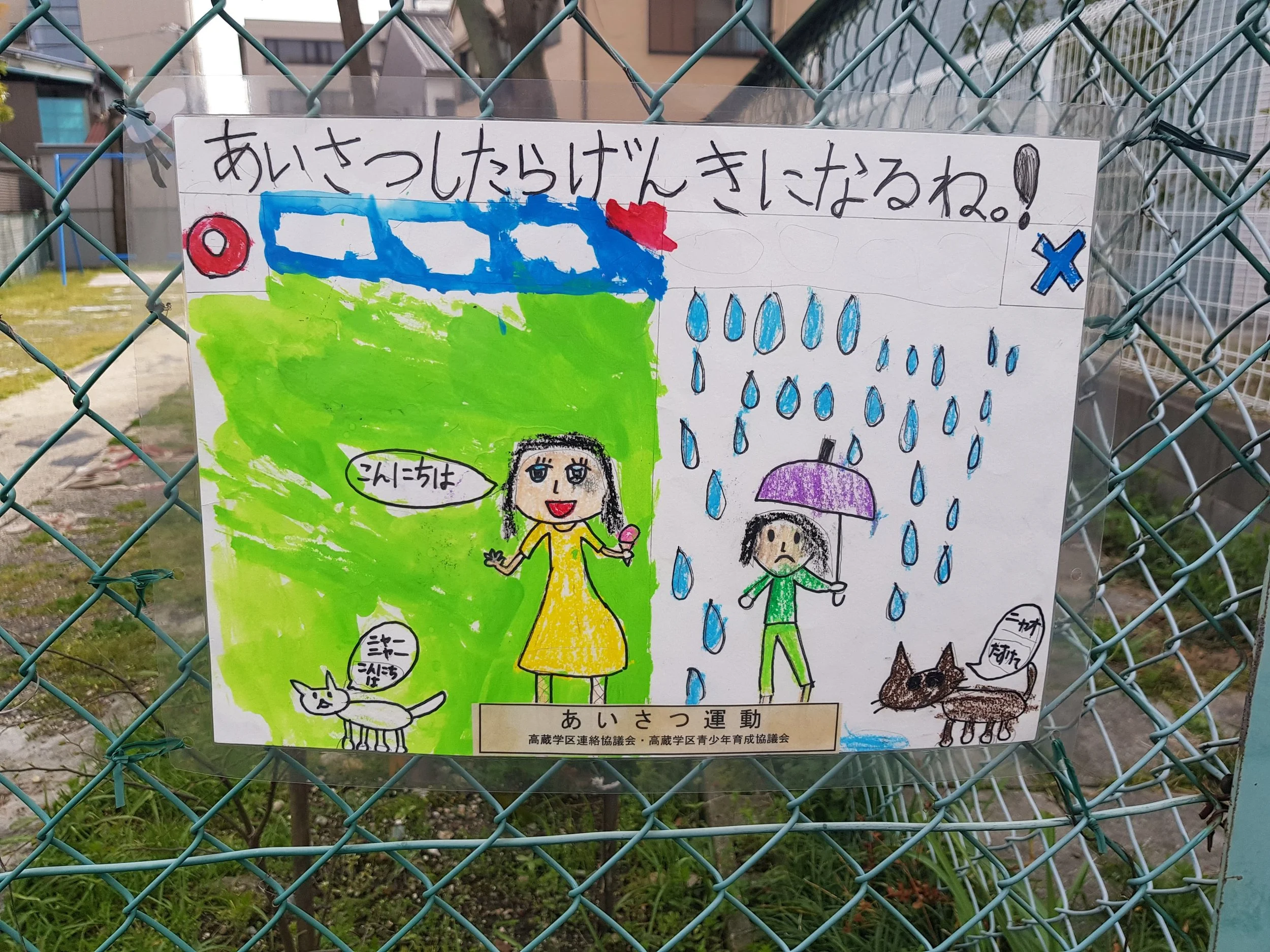







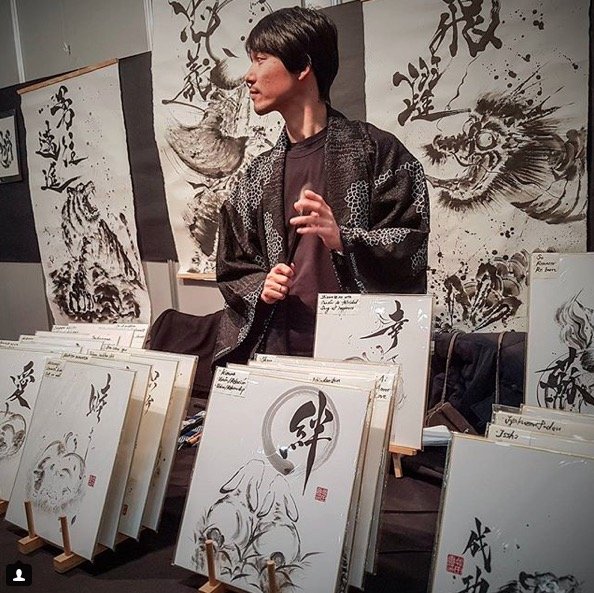
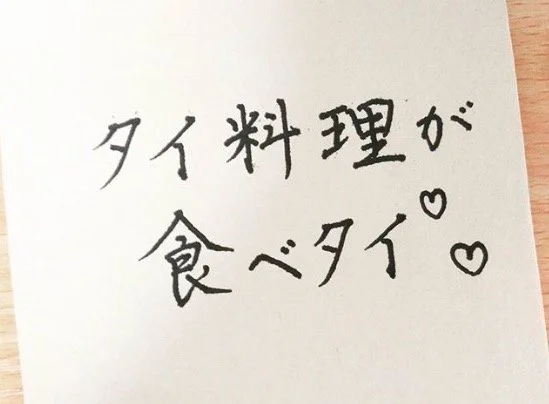
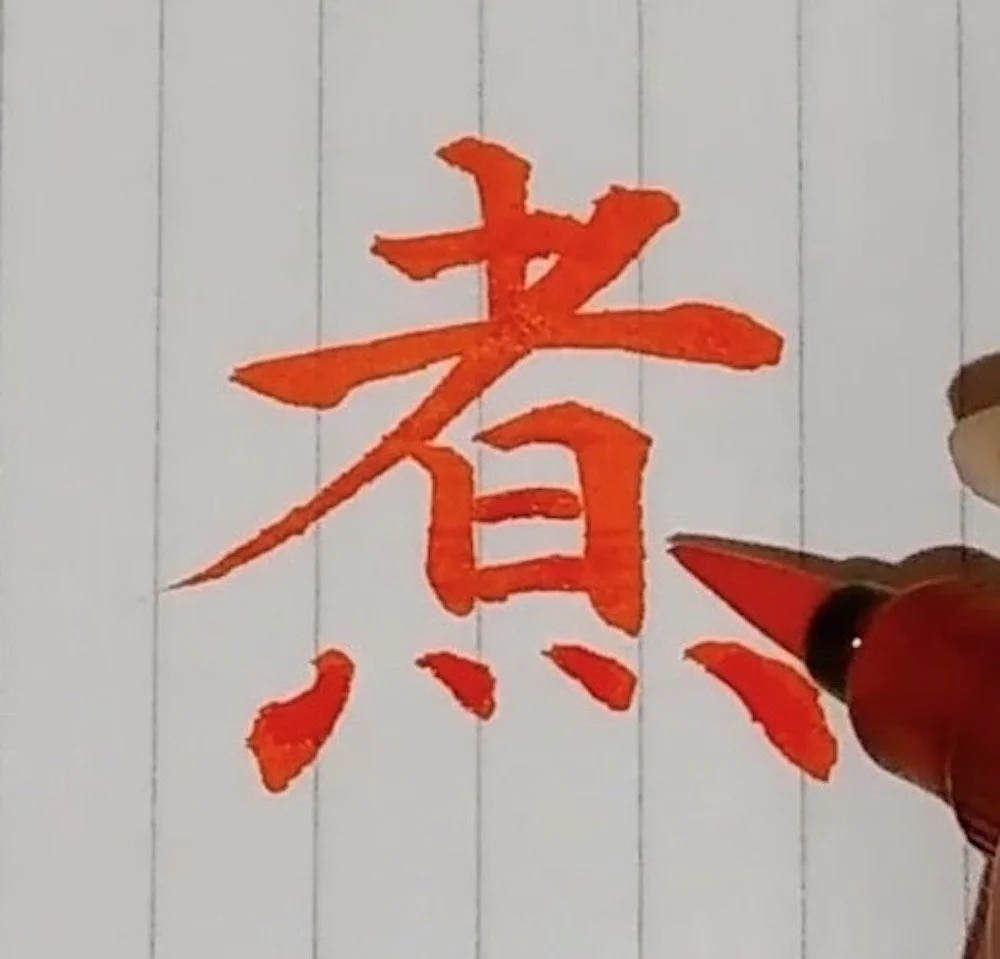






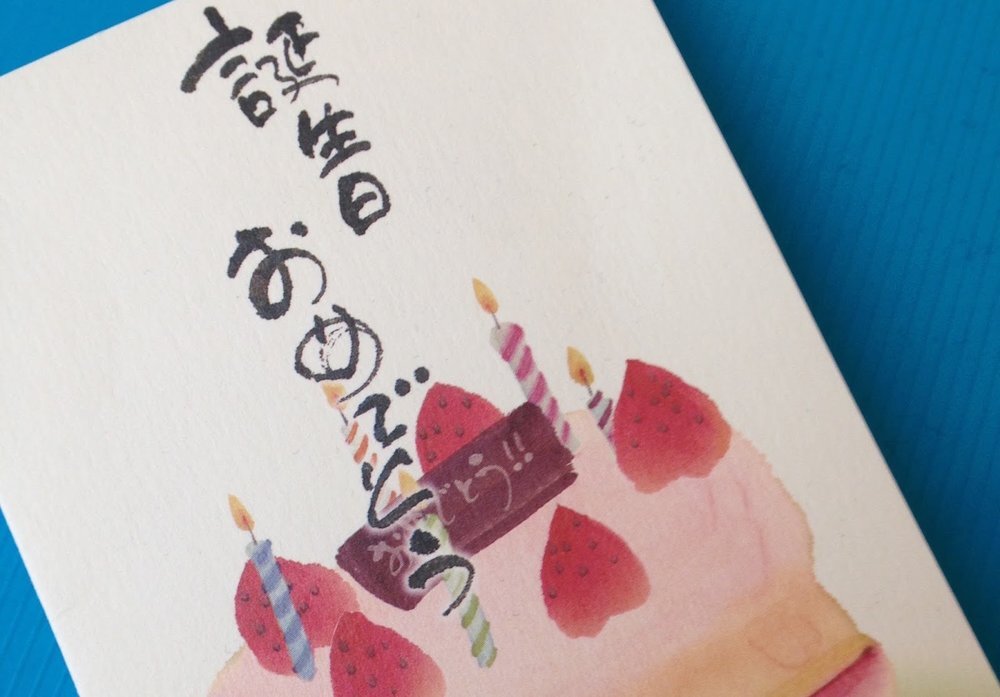




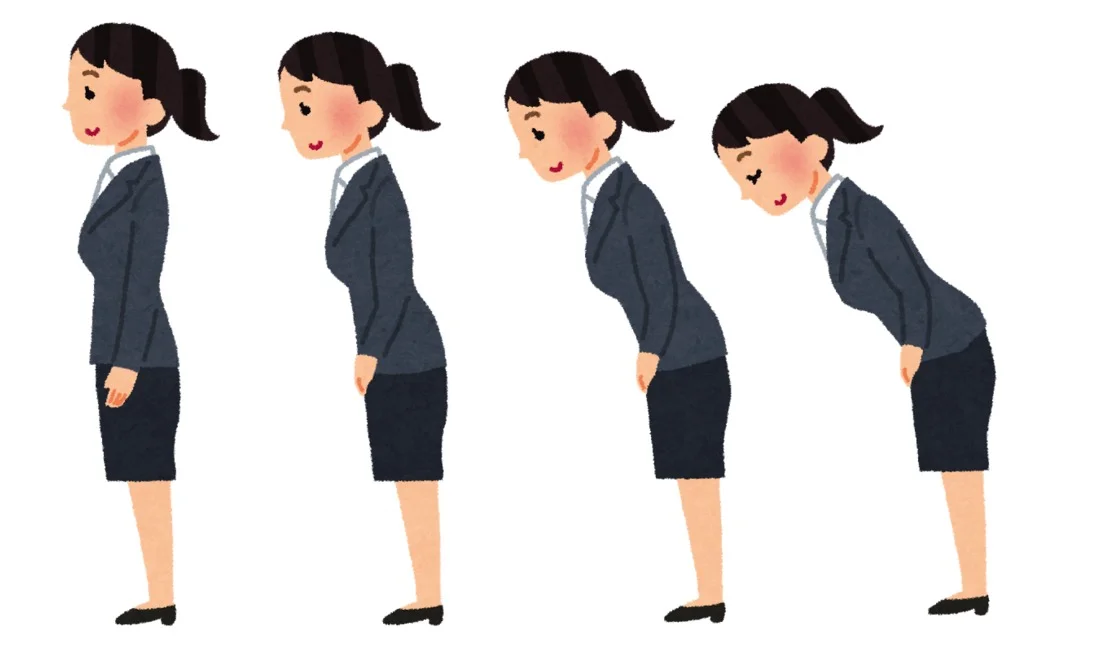








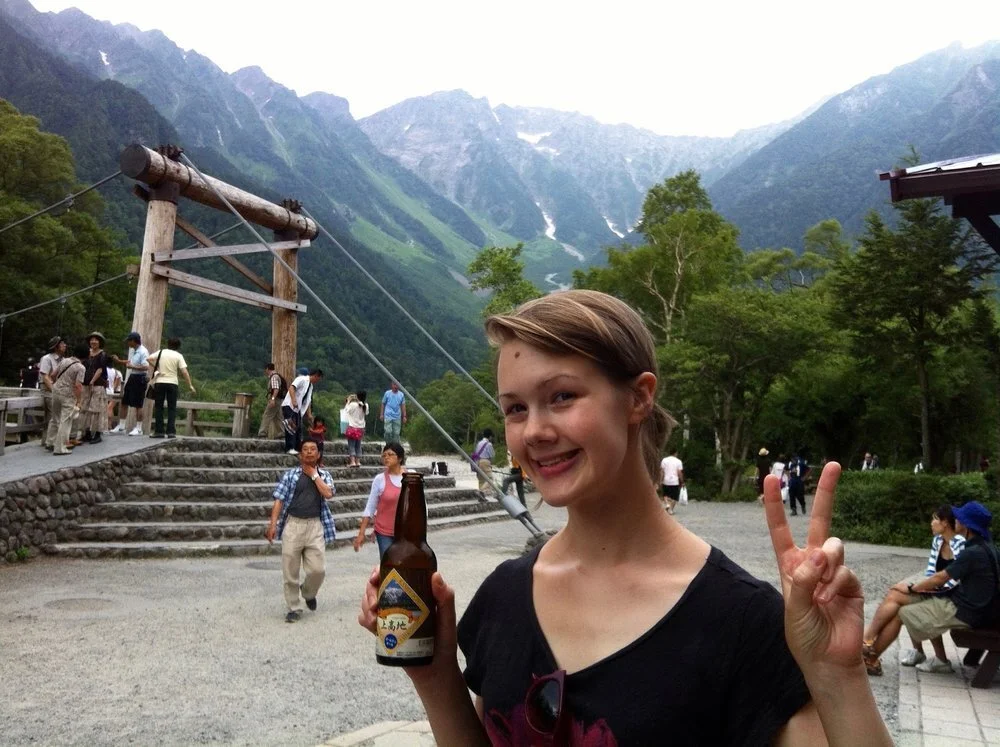
Like many people in the UK, I studied French in school. I liked French. I thought it was really fun to speak another language, to talk with people, and to try and listen to what was going on in a new country. (Still do!)
When I was 14 we went on a school exchange to the city of Reims, in northeastern France. I was paired with a boy, which I’m sure some 14-year-olds would find very exciting but which I found unbearably awkward. He was very sweet and we completely ignored each other.
That was nearly 20 years ago, and I didn’t learn or use any more French until, at some point in lockdown, I decided on a whim to take some one-to-one lessons with online teachers. Here are some things I learned about French, about language learning, and about myself.